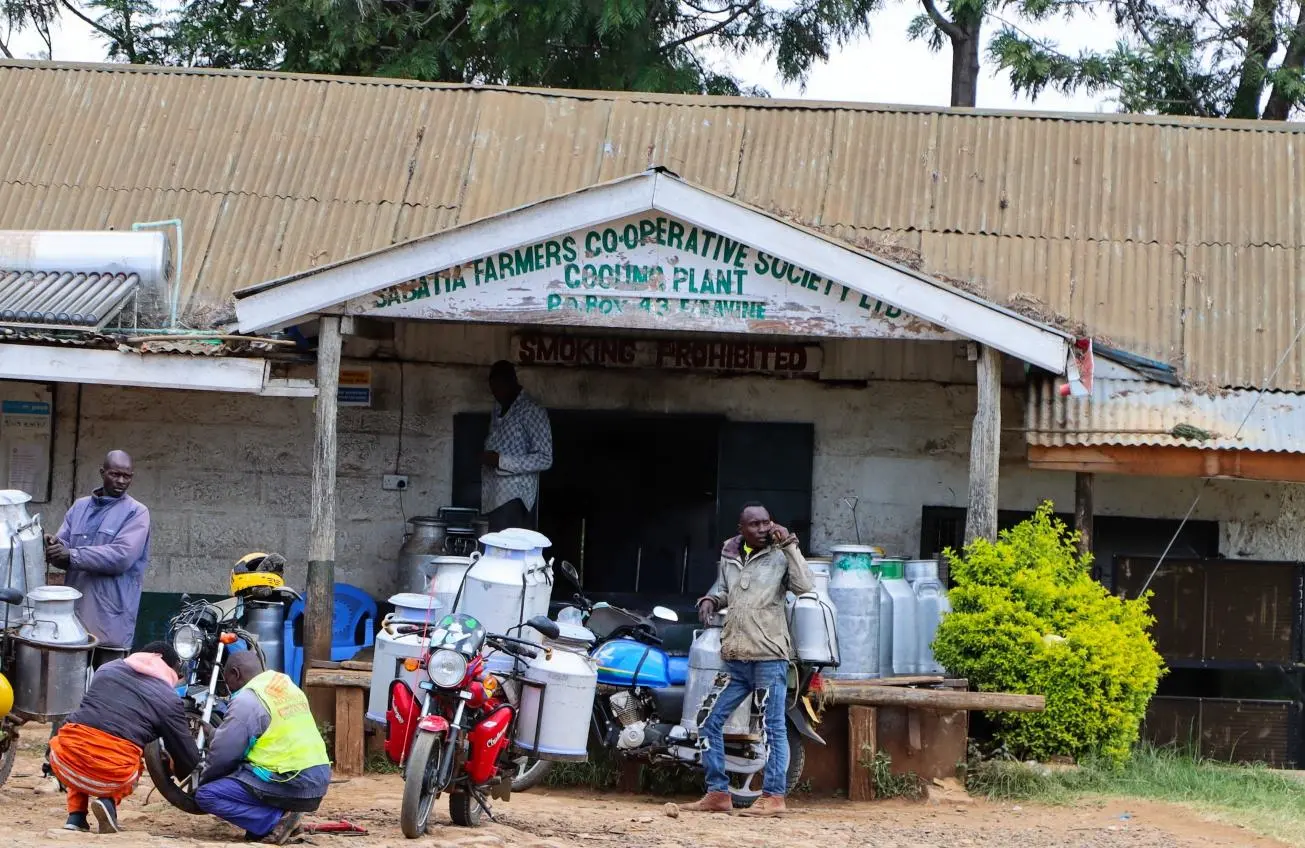Enhancing Livestock Breeds for Better Yields in Kenya

Livestock farming is a critical pillar of Kenya’s agricultural sector, supporting millions of households with food, income, and employment. Yet, many farmers still struggle with low milk production, slow animal growth, and vulnerability to diseases—largely due to reliance on traditional breeds and poor husbandry. Enhancing livestock breeds offers a practical solution to these persistent challenges.
Why Livestock Breeding Improvement Is Essential
Kenya’s growing population and urbanization have increased the demand for high-quality animal products, including milk, meat, and eggs. However, indigenous livestock breeds, while hardy and disease-tolerant, often produce lower yields compared to improved breeds.
To meet demand and ensure profitability, farmers must transition to high-yielding breeds through controlled breeding programs and access to quality genetics. This approach not only boosts production but also increases resilience to climate variability and market shocks.
Key Benefits of Improved Livestock Breeds
Higher Milk and Meat Yields
Crossbreeding indigenous animals with exotic breeds—such as Friesians for dairy or Sahiwal for beef—can result in up to three times higher productivity. A crossbred cow can yield 15–25 liters of milk per day compared to 3–5 liters from traditional breeds.
Faster Growth Rates
Improved breeds grow faster and mature earlier, allowing farmers to sell animals or start milk production sooner. This shortens production cycles and boosts income potential.
Better Disease Resistance and Adaptability
With proper management, some improved breeds can be selected for resistance to common diseases such as East Coast Fever. When local adaptation traits are preserved through careful crossbreeding, the livestock becomes more resilient to environmental stressors.
Challenges and How to Address Them
Access to Quality Breeding Stock
Many smallholders lack access to quality bulls or artificial insemination (AI) services. Expanding access to government-subsidized AI programs and promoting mobile breeding services can close this gap.
Knowledge Gaps in Livestock Management
Improved breeds require more intensive care in terms of feeding, housing, and veterinary support. Farmers must be trained on modern livestock management practices to fully realize the benefits.
Cost of Feeding and Veterinary Care
High-performing breeds need nutrient-rich feeds and regular vet checkups. Feed subsidies, extension services, and farmer cooperatives can help reduce these costs through bulk buying and shared resources.
Local Success Stories
In Nyandarua County, dairy cooperatives have supported thousands of farmers to switch to improved breeds, resulting in a 40% increase in milk output across the region. Similarly, in Western Kenya, partnerships with private AI providers have led to better calving rates and healthier herds.
Farmers like Mary Wambui from Nakuru have tripled their monthly earnings by adopting hybrid dairy cows and implementing improved feeding practices. Her journey is a testament to how strategic breeding choices can transform small farms into profitable agribusinesses.
Conclusion: Unlocking Kenya’s Livestock Potential
Improving livestock breeds is a proven path to increased productivity, better incomes, and enhanced food security. With growing interest from both government and private sectors, the future of livestock farming in Kenya is bright—provided farmers receive the necessary tools, training, and market access.
For Kenya’s livestock sector to thrive, breed enhancement must go hand-in-hand with education, infrastructure, and financial support. When these elements align, farmers will be empowered to feed the nation and build sustainable agri-enterprises.


